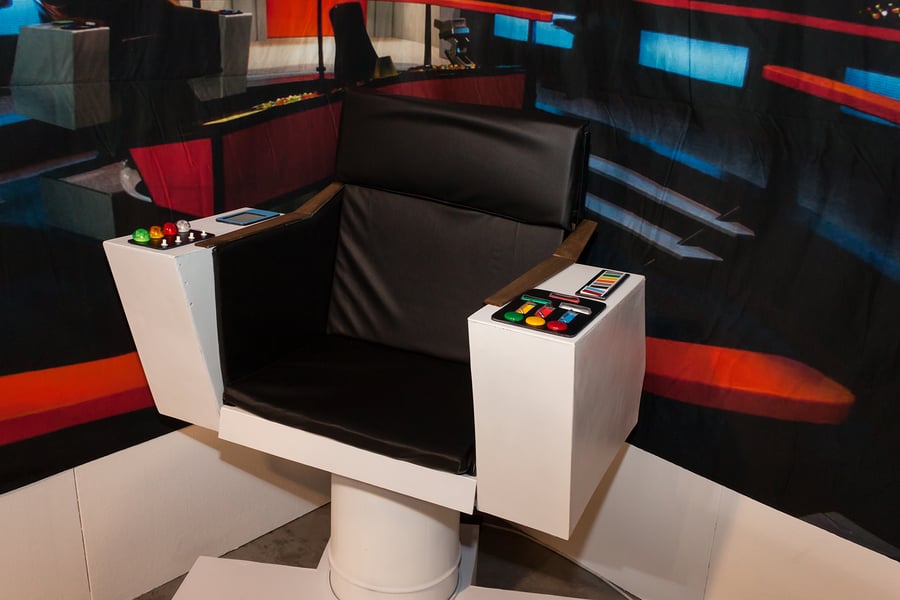Train wreck, working commercial fire, plane crash, terrorist act, active shooter, hazmat or just a plain regional public event like a state fair or concert…how do you communicate pre-incident plans across emergency disciplines, government support agencies and NGO’s?
Are you able to speak and share across city, county, state communication lines? Are they on the same platforms as you? A heightened level of shared knowledge, speed of information and sending professionals to the right places is crucial to our future response endeavors. Building successful relationships and sharing opportunities come before things fall apart or when a crisis occurs.
When we think about the possible target hazards in our community, it may be easy to start developing a checklist of how to handle an emergency. How are you sharing that checklist with your department or even better yet the agencies next door? No one ever likes sticking their nose under the neighbor’s fence, but are you thinking about the target hazards next door and how they will affect you when you respond in mutual aid? Are your peers keeping you up to date on their plans? Do you have a preset role? Is it practiced through tabletop or full-scale exercises?
Gathering intelligence or information on hazards and response resources is imperative and your constituents deserve our best assessment of what is going to happen. In fact, they should demand it. Best practices show that we have the most success when placed along-side other agencies in partnership.
I was just speaking with the leader of a major 911 CAD dispatch vendor this week. Our conversations revolved around how his customers could not only capture and update pre-incident plans in real time and also share them with agencies and departments that weren’t on their platform. The obvious solution was integration of their CAD into our cloud-based software for pre-incident planning Blazemark.
Imagine the world of Star Trek. When Captain Kirk spoke to an alien, he could converse with the use of a universal translation device. That device in emergency services in Blazemark. Any person or entity can be given full or segmented permissions to view and or update information in real time regardless of the software, device, hardware, radio system, CAD vendor, etc. And when everything returns to normalcy, those permissions can be turned off as well. For these reasons I am grateful that plans can be viewed or shared by my department with mutual aid partners we rely on from across the state line in New Jersey for informational, training or response purposes. They are only 7 miles away and historically we as a fire service allowed governmental borders and the Delaware River to stop us from leaning on one another.

